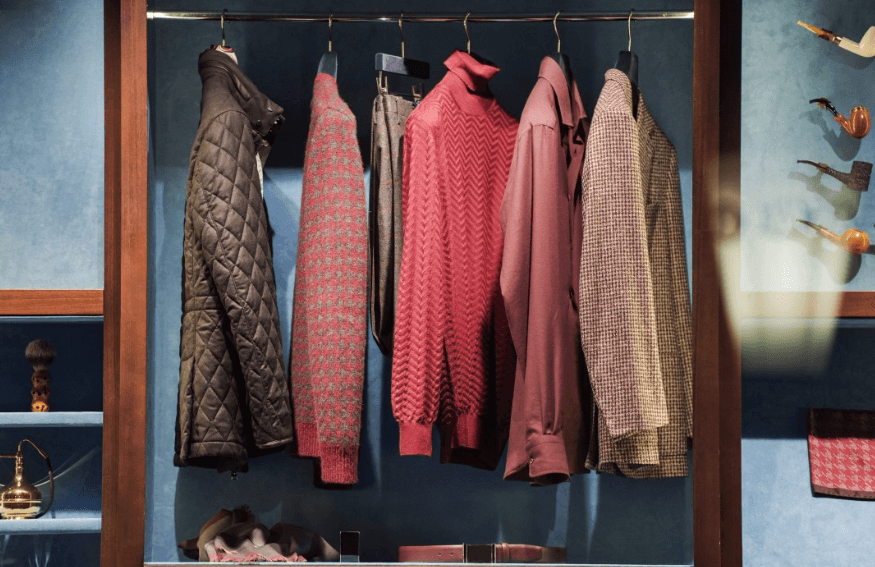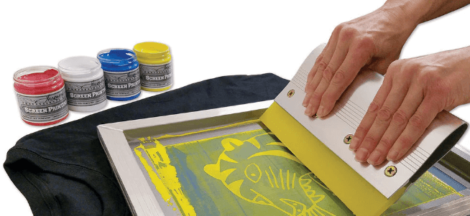Introduction
In today’s world, where environmental concerns are at the forefront of our minds, the fashion industry has come under scrutiny for its harmful impact on the planet. However, there is a growing movement towards sustainable fashion that promotes ethical choices and responsible consumption. By making conscious decisions about what we wear, we can contribute to a more sustainable future. In this article, we will explore how to follow sustainable fashion, from understanding its principles to practical tips for incorporating sustainable practices into our wardrobe choices.
Understanding Sustainable Fashion
Sustainable fashion goes beyond simply wearing eco-friendly fabrics. It encompasses the entire lifecycle of a garment, from production to disposal. Key principles of sustainable fashion include:
a) Ethical Manufacturing: Choosing brands that ensure fair labor practices, safe working conditions, and fair wages for garment workers.
b) Eco-friendly Materials: Opting for fabrics made from sustainable sources such as organic cotton, hemp, linen, or recycled materials like polyester made from plastic bottles.
c) Minimizing Waste: Reducing textile waste through recycling, upcycling, and supporting brands that employ circular economy practices.
d) Animal Welfare: Avoiding garments made from animal fur, exotic skins, or products tested on animals.
e) Conscious Consumption: Shifting towards a more mindful and minimalist approach, buying quality over quantity, and investing in timeless pieces that can be worn for years to come.
Researching Brands and Labels
To follow sustainable fashion, it’s essential to research and support brands that align with your values. Here are the some key factors to consider:
a) Transparency: Look for brands that are transparent about their supply chains, manufacturing processes, and sustainability initiatives.
b) Certifications: Look for recognized certifications such as Fair Trade, Global Organic Textile Standard (GOTS), or Oeko-Tex Standard 100, which ensure environmentally and socially responsible practices.
c) Slow Fashion: Support brands that follow a “slow fashion” approach, producing garments in limited quantities, using quality materials, and focusing on durability.
d) Local and Independent Brands: Explore local designers and independent brands that prioritize sustainable and ethical practices, often producing garments on a smaller scale.
e) Collaborations and Initiatives: Stay informed about collaborations between fashion brands and environmental organizations that promote sustainable practices. Support initiatives like fashion rental services or clothing swaps.
Building a Sustainable Wardrobe
Creating a sustainable wardrobe requires a thoughtful and systematic approach. Here are some practical tips:
a) Assess Your Current Wardrobe: Take stock of what you already own, identify items that align with sustainable principles, and donate or sell those that no longer serve you.
b) Invest in Timeless Staples: Focus on versatile pieces that can be mixed and matched, such as well-fitted jeans, classic shirts, and quality footwear.
c) Embrace Secondhand and Vintage Fashion: Explore thrift stores, consignment shops, and online marketplaces for unique and pre-loved garments. Not only does this save resources, but it also adds character to your style.
d) Renting and Borrowing: Consider fashion rental services for special occasions or try borrowing clothes from friends and family, reducing the need for buying new items.
e) DIY and Upcycling: Get creative and breathe new life into old garments through DIY projects or upcycling them into new, fashionable pieces.
f) Care for Your Clothes: Extend the life of your garments by following care instructions, washing them less frequently, and repairing minor damages.
Embracing Sustainable Fashion Beyond Clothing
Sustainable fashion extends beyond clothing. Consider the following practices to make your overall fashion choices more sustainable:
a) Accessories: Opt for accessories made from sustainable materials like recycled metals, wood, or cruelty-free alternatives to leather.
b) Eco-friendly Beauty: Choose beauty and personal care products that are cruelty-free, organic, and packaged sustainably.
c) Responsible Jewelry: Support jewelers who use ethically sourced gemstones and metals, ensuring they adhere to responsible mining practices.
d) Mindful Fashion Events: Attend or support fashion events that showcase sustainable and ethical designers, promoting their work and ideals.
e) Education and Awareness: Stay informed about the latest developments in sustainable fashion, follow sustainable fashion blogs and social media accounts to stay inspired and share your knowledge with others.
Conclusion
As consumers, we have the power to drive change in the fashion industry by making conscious choices. By following sustainable fashion principles, researching brands, building a sustainable wardrobe, and embracing sustainable practices beyond clothing, we can reduce the environmental and social impact of our fashion choices. Embracing sustainable fashion is not about sacrificing style or breaking the bank; it’s about embracing mindful consumption, supporting ethical practices, and making a positive impact on our planet. Together, we can create a more sustainable future, one fashionable choice at a time.





 Unlocking the Secrets of Success: The Trenton Thornton Method
Unlocking the Secrets of Success: The Trenton Thornton Method